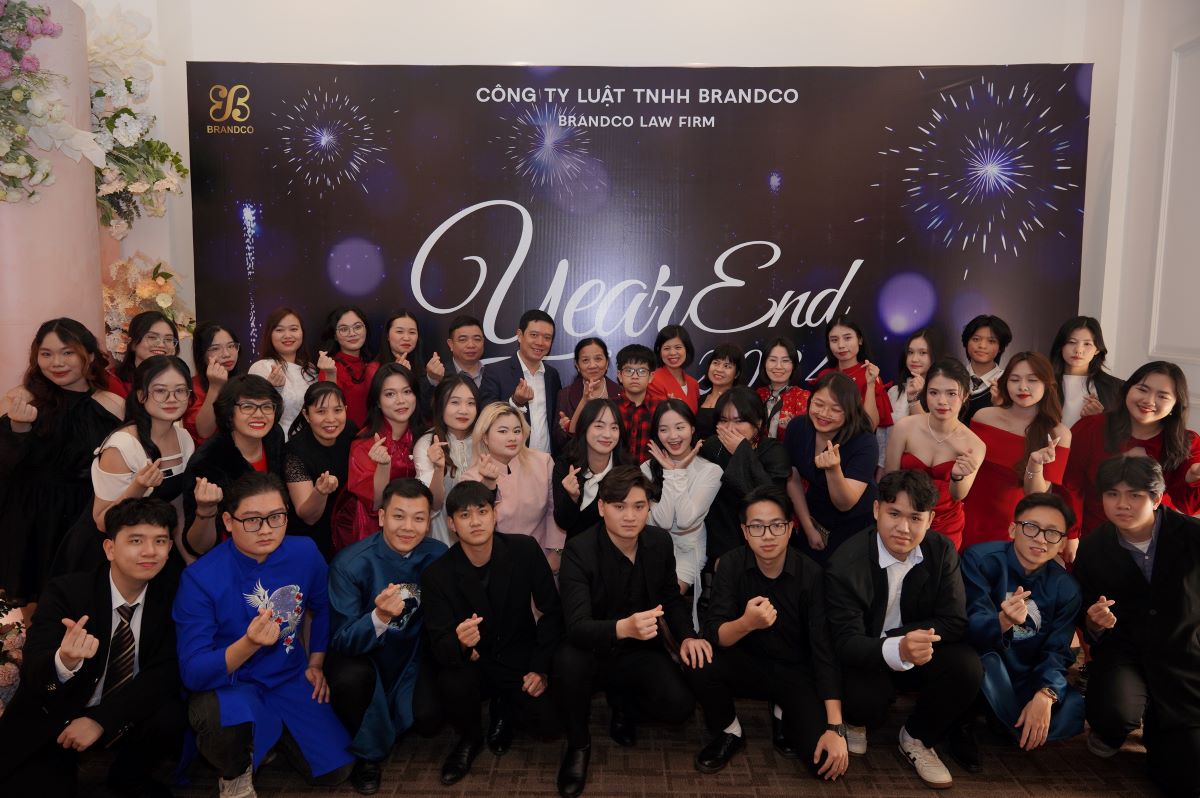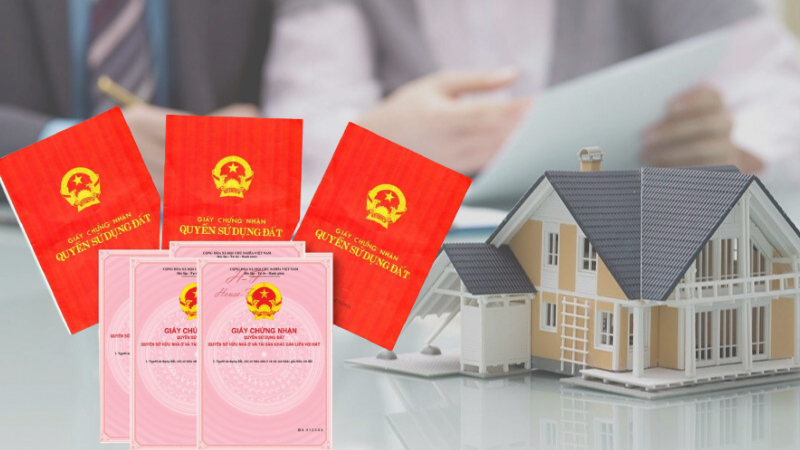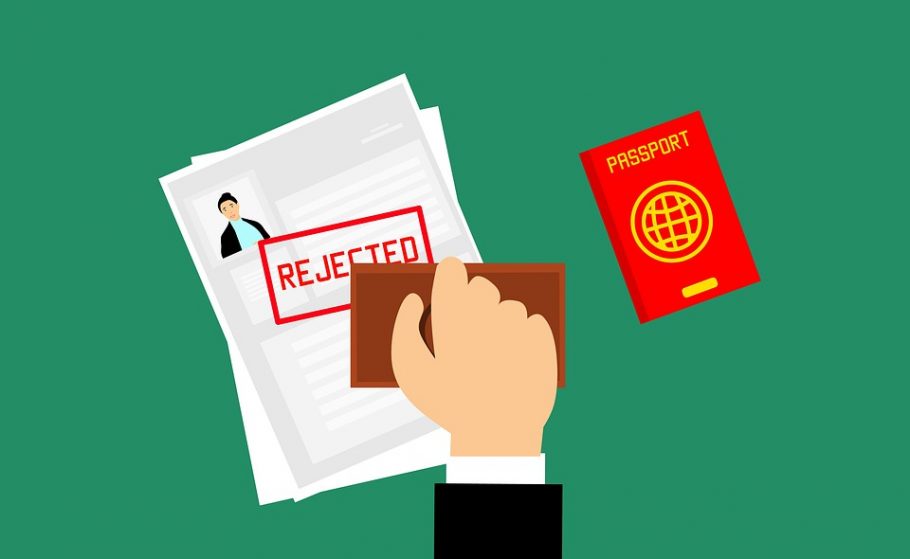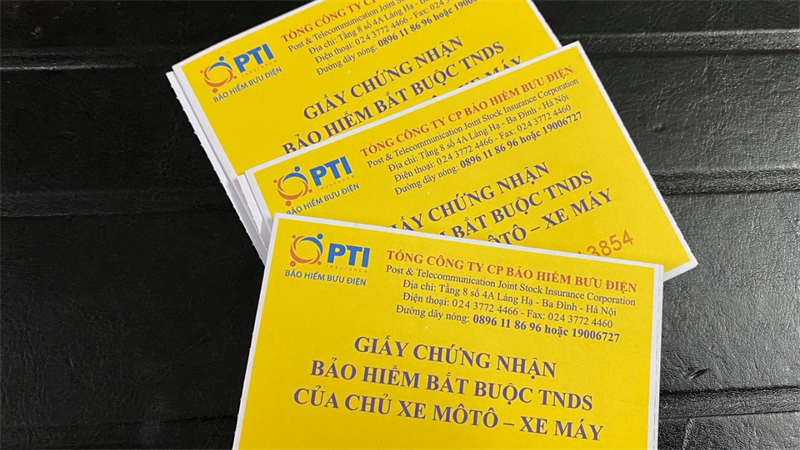Limitations in the regulations on surface rights in Vietnamese civil law
Nowadays, surface rights arise and develop in modern life as an inevitable consequence of urbanization in a market economy context. The rapid increase in population in urban areas makes access to land and living space increasingly difficult. On the other hand, modern science and technology applied to construction activities allow the exploitation of space above and below the ground with increasing height and depth to form many massive construction works, and the exploitation of natural resources in the ground and in the water environment is also becoming more common. Under such conditions, different entities have formed needs for space above and below the ground. The good application of regulations on surface rights will ensure that entities have more choices in exploiting land value and exercising land use rights, which is an effective way to maximize the value of assets and minimize investment costs. However, the regulations on surface rights in Vietnamese law still have many limitations.
1. Limitations in regulations on registration of surface rights
In order to protect the legitimate rights and interests of the surface rights holder, the registration of surface rights is very important. This will also help to officially record the rights of the surface rights holder legally, creating a basis for opposing third parties. However, currently Vietnamese law only has regulations on registration of land and other assets attached to land through Clause 15, Article 3 of the 2024 Land Law as follows:
"5. Registration of land and assets attached to land is the declaration by land users, owners of assets attached to land, and land management assignees of land use rights and ownership rights of assets attached to land to competent state agencies for recording in accordance with the provisions of this Law." Meanwhile, the provisions from Article 267 to Article 273 of the 2015 Civil Code do not have any content related to the registration of surface rights, including the entities performing registration, documents, procedures related to the registration process, public disclosure mechanism of rights, etc. Up to now, those contents have not yet been guided by documents, making the application of surface rights in practice still encounter many difficulties, especially when disputes arise. At the same time, Point m, Clause 1, Article 133 of the 2024 Land Law, which stipulates the registration of changes in land in case of "changes in the limitations of the rights of land users", has not yet clearly stated whether these limitations include surface rights or not. Thus, the current legal provisions on some basic contents of property registration and property rights registration mechanisms are not complete and consistent.
Therefore, it is necessary to amend and supplement legal provisions related to surface rights, and at the same time, there should be specific guiding documents on the order and procedures for registering surface rights, specifically identifying state management agencies for surface rights, publicizing the registration of surface rights, creating an open source of information so that people can accurately, quickly and conveniently look up information on surface rights. Clearly publicizing information will limit conflicts and disputes related to surface rights arising in practice.
2. Limitations in determining the rights and obligations of the surface rights holder
The rights of the surface rights holder are stipulated in Article 271 of the 2015 Civil Code as follows:
"1. The surface rights holder has the right to exploit and use the land surface, water surface, space above the land surface, water surface and underground belonging to the land use rights of another person to build works, plant trees, cultivate but must not be contrary to the provisions of this Code, of laws on land, construction, planning, resources, minerals and other relevant laws.
2. The surface rights holder has ownership rights over the assets created in accordance with the provisions of Clause 1 of this Article.
3. In case the surface right is transferred partially or entirely, the transferee inherits the surface right under the conditions and within the scope corresponding to the transferred part of the surface right.”
The obligations of the surface rights holder are stipulated in Article 273 of the 2015 Civil Code as follows:
“1. When the surface right terminates, the surface rights holder must return the land surface, water surface, space above the land surface, water surface and underground to the subject with land use rights according to the agreement or according to the provisions of law.
2. The surface rights holder must handle his/her assets before the surface right terminates, unless otherwise agreed.
In case the surface rights holder fails to handle the assets before the surface right terminates, the ownership of those assets belongs to the subject with land use rights from the time the surface right terminates, unless the subject with land use rights does not receive those assets.
In case the subject with land use rights does not receive the assets and has to handle the assets, the surface rights holder must pay the asset handling costs.”
However, these regulations do not fully and clearly express the rights and obligations of the surface rights holder. In the context of increasingly developing science and technology, the objects of transactions are not simply located on the land surface but also extend to underground spaces. Therefore, the recognition of surface rights and the formation of a rights trading market in the future is very necessary, such as the right to exploit underground space, underground traffic, the right to exploit subway stations, commercial centers, commercial transactions in the ground, etc. Therefore, the fact that the 2015 Civil Code only has the above regulations is leaving a gap in the rights and obligations of the surface rights holder.
2.1. Some issues related to the rights of the surface rights holder
First, in case the surface rights holder uses the underground to build works for business purposes and is also used by the State to build public works such as pedestrian tunnels, railways, etc., how will the issue be resolved between the surface rights holder, the subject with land use rights and the State? In this case, the State may have to issue a decision to recover the underground part and compensate the surface rights holder and the subject with land use rights. However, this recovery is currently not regulated by law, so it may cause many inadequacies if such a situation occurs in practice.
Second, the 2015 Civil Code may need to supplement regulations on the right to pledge, lease, sublease, and mortgage surface rights to ensure the performance of obligations of the surface rights holder. According to Clause 2, Article 271 of the 2015 Civil Code, the surface rights holder has ownership rights over the assets created in accordance with the provisions of Clause 1 of this Article. Therefore, the surface rights holder can pledge, mortgage, lease, etc. these assets. However, a question is raised that in case the land use right has been mortgaged, can the surface rights holder continue to mortgage the surface right? According to Article 325 of the 2015 Civil Code, which stipulates the mortgage of land use rights without mortgaging assets attached to the land, we have two cases:
- In case of mortgaging land use rights without mortgaging assets attached to the land and the land user is also the owner of assets attached to the land, the assets to be handled include both assets attached to the land, unless otherwise agreed.
- In case of mortgaging land use rights where the land user is not also the owner of assets attached to the land, when handling land use rights, the owner of assets attached to the land is entitled to continue using the land within the scope of his/her rights and obligations; the rights and obligations of the mortgagor in relation to the owner of assets attached to the land shall be transferred to the transferee of land use rights, unless otherwise agreed.
Thus, in case the land use right is mortgaged, if the surface rights holder is not also the owner of the land use right, the surface right can still be exploited and used within the scope of the rights and obligations of the surface rights holder.
2.2. Some issues related to the obligations of the surface rights holder
First, in the provisions on surface rights, the 2015 Civil Code is lacking a mechanism to protect the rights of the subject with land use rights against the surface rights holder when they have violations, such as intentionally destroying the land, violating the legal regulations on land use, etc.
Second, the establishment of surface rights in land use practice will lead to the phenomenon that the same land use right may have multiple subjects exploiting and using it at the same time because the surface right allows multiple subjects to jointly carry out exploitation when separating land use into exploitation on the surface, water surface, space above the surface, water surface and underground, and therefore, it is easy to lead to a situation of "overlapping rights" and easily give rise to disputes. Besides, the phenomenon of overlapping surface rights also causes difficulties in determining compensation liability, responsibility in managing and using the surface between different surface right holders because the exercise of rights by one subject may affect the exercise of rights by another subject and vice versa.
Therefore, the current law needs to supplement regulations on binding responsibilities between surface right holders for the exploited surface and responsibilities between surface right holders with each other. In addition, it is also necessary to supplement regulations on binding joint responsibilities of surface right holders for affecting the real estate of the subject with land use rights.
Third, the provision in Clause 2, Article 273 of the 2015 Civil Code on handling assets when the surface right terminates is not really clear. Accordingly, in case the subject with land use rights does not receive the assets and has to handle the assets, the surface rights holder must pay the asset handling costs. The handling here is not clearly defined in terms of level, leading to the understanding that handling assets means restoring the original state of the land surface, water surface, space above the land surface, water surface and underground. In reality, such restoration is often not feasible. Therefore, there should be guiding documents on this issue to avoid disputes.
3. Conclusion
Although surface rights have been recognized in the 2015 Civil Code, this is still a fairly new legal term. The application of regulations on surface rights in practice still encounters many difficulties and inadequacies. Therefore, Vietnam needs to issue more specific regulations and guiding documents in registering and enforcing surface rights to exploit and use land resources most effectively in response to practical requirements.













